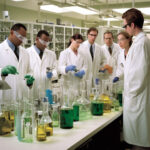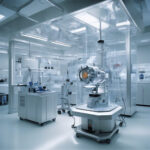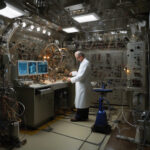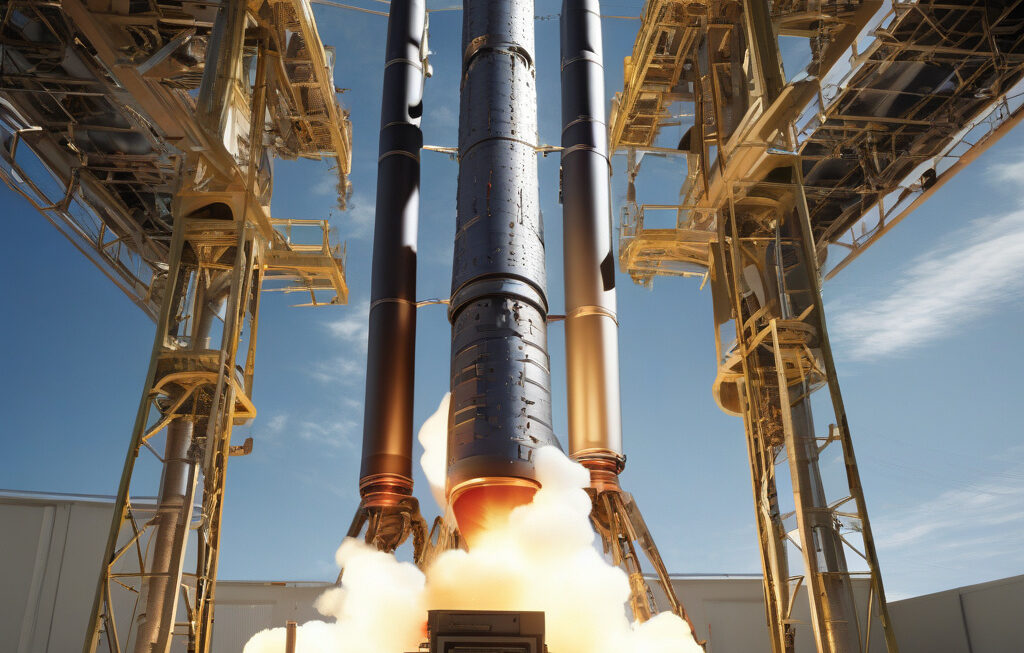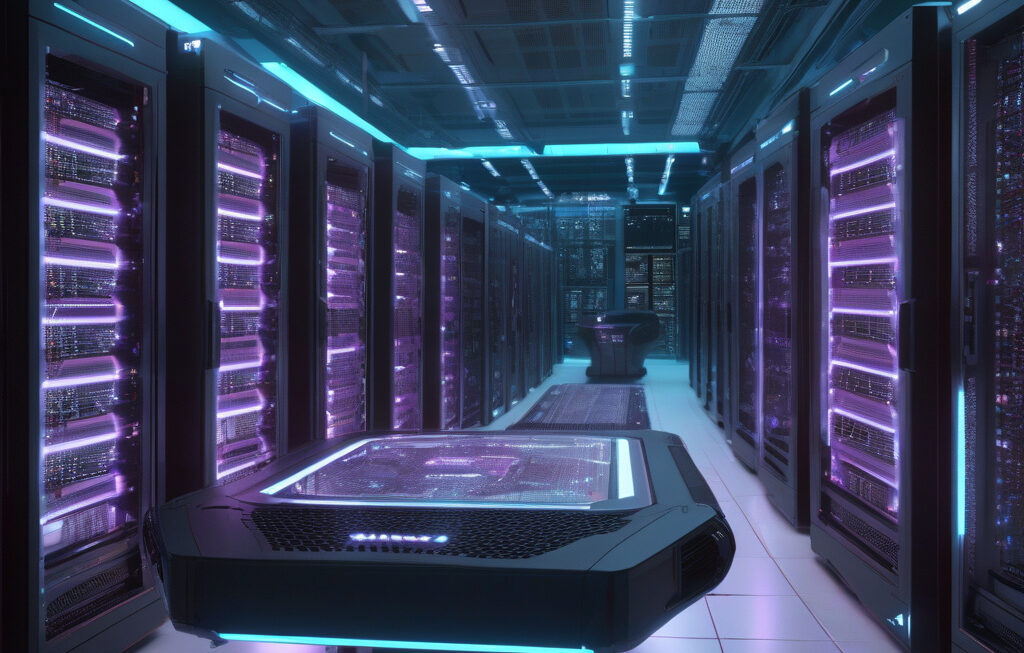Scientists 3D-print Lab Robot Powered by Syringes to Automate Complex Experiments
A new open-source, 3D-printed robot is set to transform how researchers conduct material synthesis. Known as the “AutoPantry,” this innovative creation is revolutionizing the way experiments are carried out in laboratories. Developed by scientists at the University of California, Riverside, the AutoPantry is a versatile and efficient tool that promises to streamline the process of synthesizing new materials.
One of the key features of the AutoPantry is its unique power source: syringes. By harnessing the precise control and automation capabilities of syringes, the robot is able to carry out complex experiments with a level of accuracy that was previously unattainable. This groundbreaking technology not only saves time and resources but also opens up new possibilities for researchers to explore a wide range of materials and compounds.
The beauty of the AutoPantry lies in its simplicity and accessibility. Being open-source, the robot’s design and programming codes are freely available to the public, allowing researchers around the world to replicate and customize the robot for their specific needs. This democratization of technology is a game-changer in the world of scientific research, as it empowers scientists to conduct experiments that were once considered too costly or complex.
Moreover, the AutoPantry is capable of performing a variety of tasks, from dispensing precise amounts of reagents to mixing solutions and monitoring reactions in real-time. This versatility makes it an invaluable tool for researchers working in fields such as chemistry, materials science, and nanotechnology. By automating repetitive and time-consuming tasks, the robot frees up scientists to focus on the more creative aspects of their work, leading to faster discoveries and breakthroughs.
The impact of the AutoPantry extends beyond the realm of academic research. In industry settings, where efficiency and productivity are paramount, the robot offers a cost-effective solution for scaling up production and optimizing processes. By integrating the AutoPantry into their workflows, companies can accelerate the development of new materials, improve product quality, and reduce time-to-market, giving them a competitive edge in the marketplace.
Overall, the 3D-printed lab robot powered by syringes represents a significant step forward in the automation of complex experiments. Its ability to streamline workflows, enhance precision, and promote collaboration is reshaping the landscape of scientific research. As more researchers and organizations adopt this technology, we can expect to see a wave of new innovations and discoveries that will drive progress and propel us into a brighter future.
In conclusion, the AutoPantry is a testament to the power of innovation and collaboration in advancing scientific knowledge and technological capabilities. By leveraging the latest advancements in 3D printing, automation, and materials science, researchers have created a tool that has the potential to revolutionize how experiments are conducted in laboratories. As we continue to push the boundaries of what is possible, the AutoPantry serves as a shining example of how ingenuity and creativity can pave the way for a more efficient and productive future.
3DPrinting, LabRobot, MaterialSynthesis, ScientificInnovation, AutomationTechnologies




